One highlight of Collins’ spring 2023 course listings was the joint Collins/Anthropology international ASPIRE course, Self-Governance, Sustainability, and the Arts in Oaxaca, Mexico. Inspired by Collins’ core goals, the course is an eight-week offering including two weeks of travel in Mexico during May. Taught by Professor Stacie King, the incoming Chair, it features a star teaching team from Anthropology, including PhD candidate P. Guillermo Ramón Celis, who served as AI, Professor Emeritus Anya Royce, and Associate Professor Dan Suslak. The course capitalized on their respective expertise in archaeology, linguistic anthropology, and social-cultural anthropology, and on their prior experiences in Oaxaca. Each planned a few days of course activities in Mexico. During class meetings at Collins., students discussed readings and films that contextualized the social, political, economic, and linguistic contexts in which contemporary Oaxacans are embedded. This pre-departure work allowed students to appreciate and recognize the diverse ways that Oaxacans embrace cultural identity, political action, and community in their everyday lives.
Oaxaca is full of color, flavor, beauty, and stories old and new. Upon arrival, students spent several days learning about Oaxaca City’s architecture, history, politics, and markets. They ate delicious food, learned about political street art, and visited incredible museums, archaeological laboratories, and archaeological sites. A highlight was the UNESCO World Heritage Zapotec archaeological site of Monte Albán, where we IU alum Dr. Ricardo Higelin offered a sunset tour. An important learning experience was our hike to the Prehistoric Caves of Mitla and Yagul. Not only did we see a cave with the earliest domesticated plant species in the Americas (squash, 8500 BC). We also learned how this heritage is managed. Local indigenous land committee representatives guide tours and collect payment, not the Mexican government officials or archaeologists; tourism profits go directly to indigenous landowners.
Students then travelled into the mountains of Sierra Norte, over the continental divide, to the Mixe town of Totontepec Villa de Morelos. Totontepec is one of 418 municipalities in Oaxaca that still uses a system of customary law and communal governance known as usos y costumbres. There, we spent several days with amazing hosts, all friends and colleagues of Prof. Suslak. We viewed Mother’s Day festivities and dance performances prepared by schoolchildren and community bands. Two of the IU students had never seen a mountain before coming on this trip. Six had never climbed a mountain, and yet here they were doing both! We all survived a major thunderstorm while there, though it produced spectacular hail and lightning and knocked out the power and cellular network for the rest of the visit. We also shared incredible home-cooked meals and learned about care and community.
The group closed out the trip with a remarkable visit to the city of Juchitán de Zaragoza, located in the coastal Isthmus of Tehuantepec. Students withstood the 100-degree heat and extreme humidity, hiking to the Zapotec hilltop Postclassic city of Guiengola, where Ramón Celis had just completed his dissertation research. They toured the Foro Ecológico (Ecological Forum) and its iguana nursery, visited a windmill farm, and capped the days off attending a traditional vela, an invitation-only Zapotec religious festival. This part of the trip could not have been successful without Dr. Royce and her sister Delia Ramirez. They opened their hearts and home to the group, preparing everything the students needed for the event, tailoring the dresses, doing our hair, buying fresh flowers, and most importantly, accompanying them to the vela. Everyone not only looked right, but they understood what a privilege it was to be there. The students had the times of their lives on the dance floor. The trip ended with an unforgettable rooftop dinner in Oaxaca City, eating traditional Mixtec cuisine.
Students have shared that this course was an distinctly special and rewarding experience in their journey at IU, one that will stay with them for many years. The students also became incredibly close to one another and expressed gratitude for the chance to learn and travel together. They were model ambassadors, deeply respectful, socially engaged, intellectually curious, enthusiastic, and ready for anything. (Well, almost anything – there are definitely a few exceptions!).
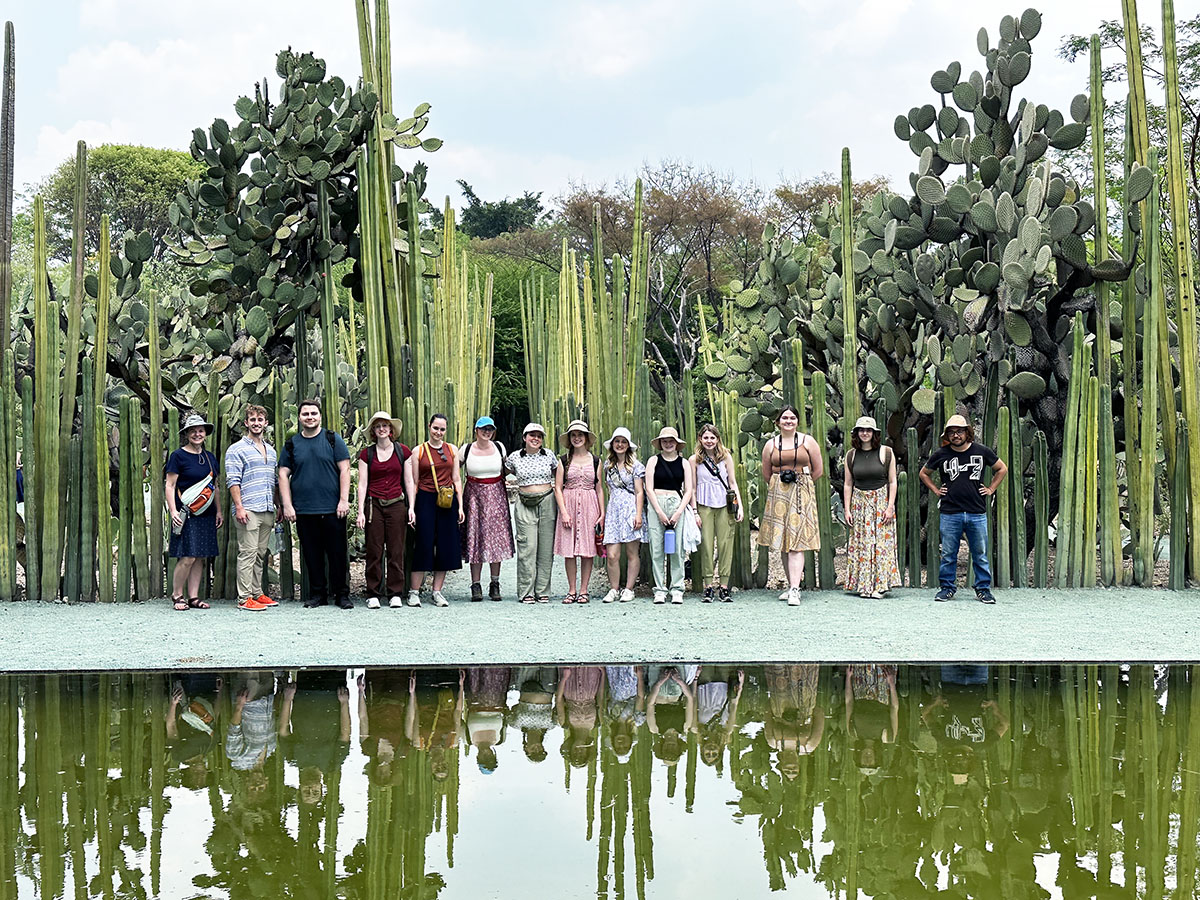
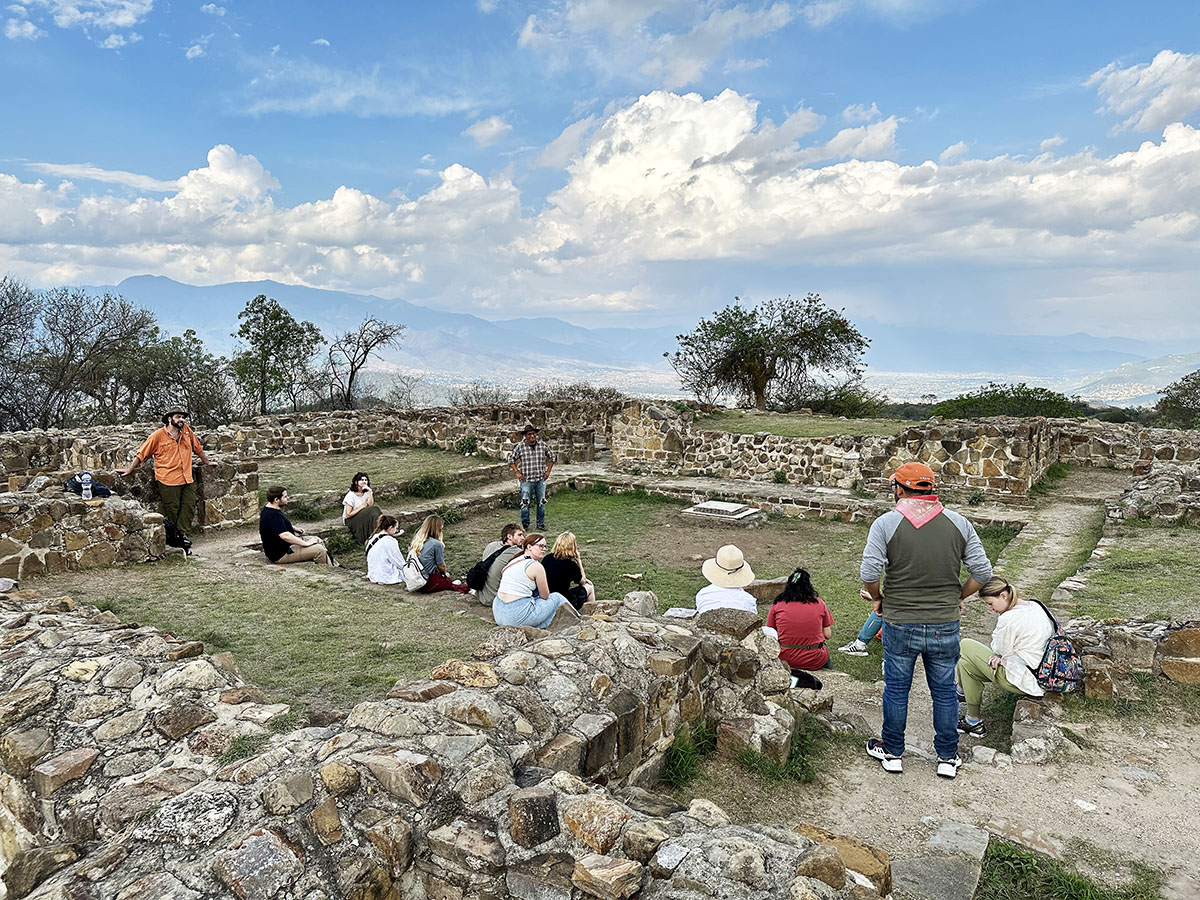
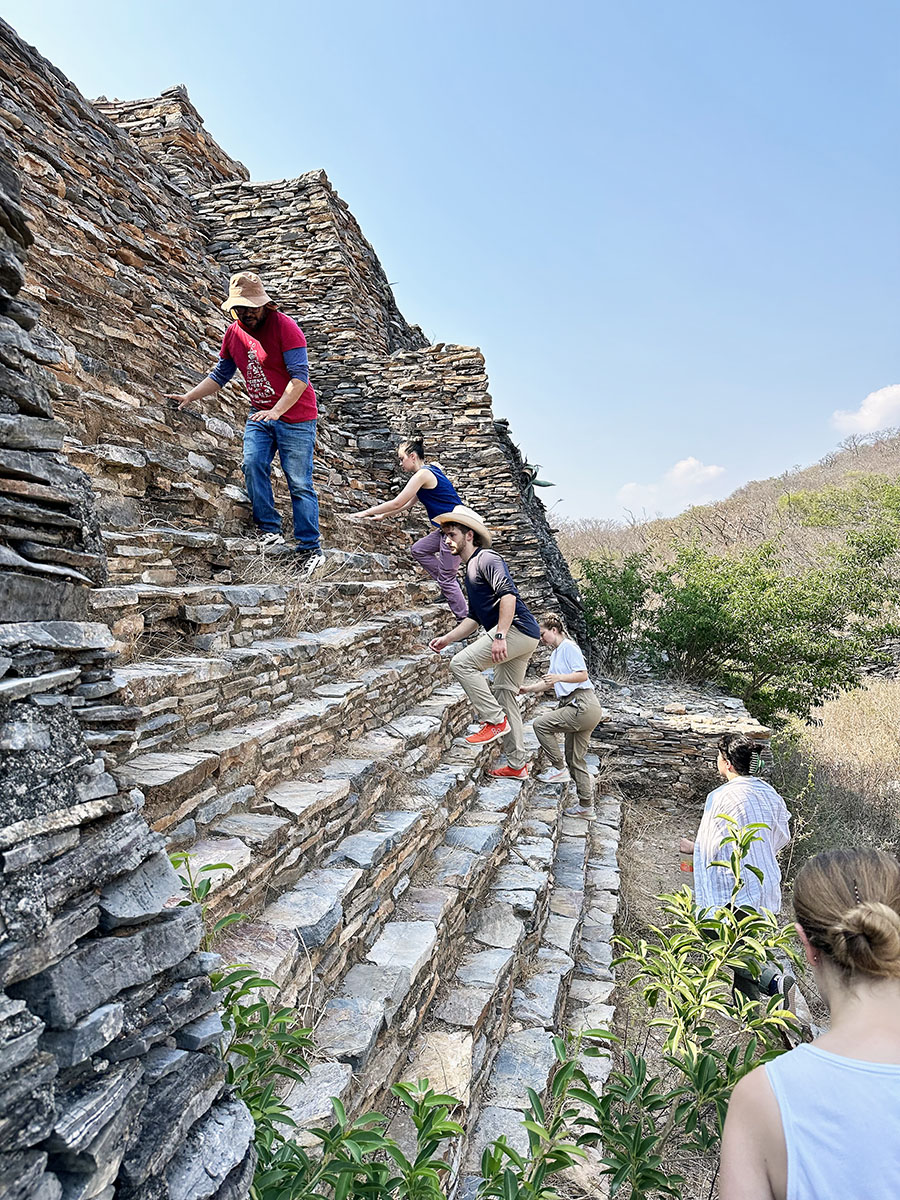
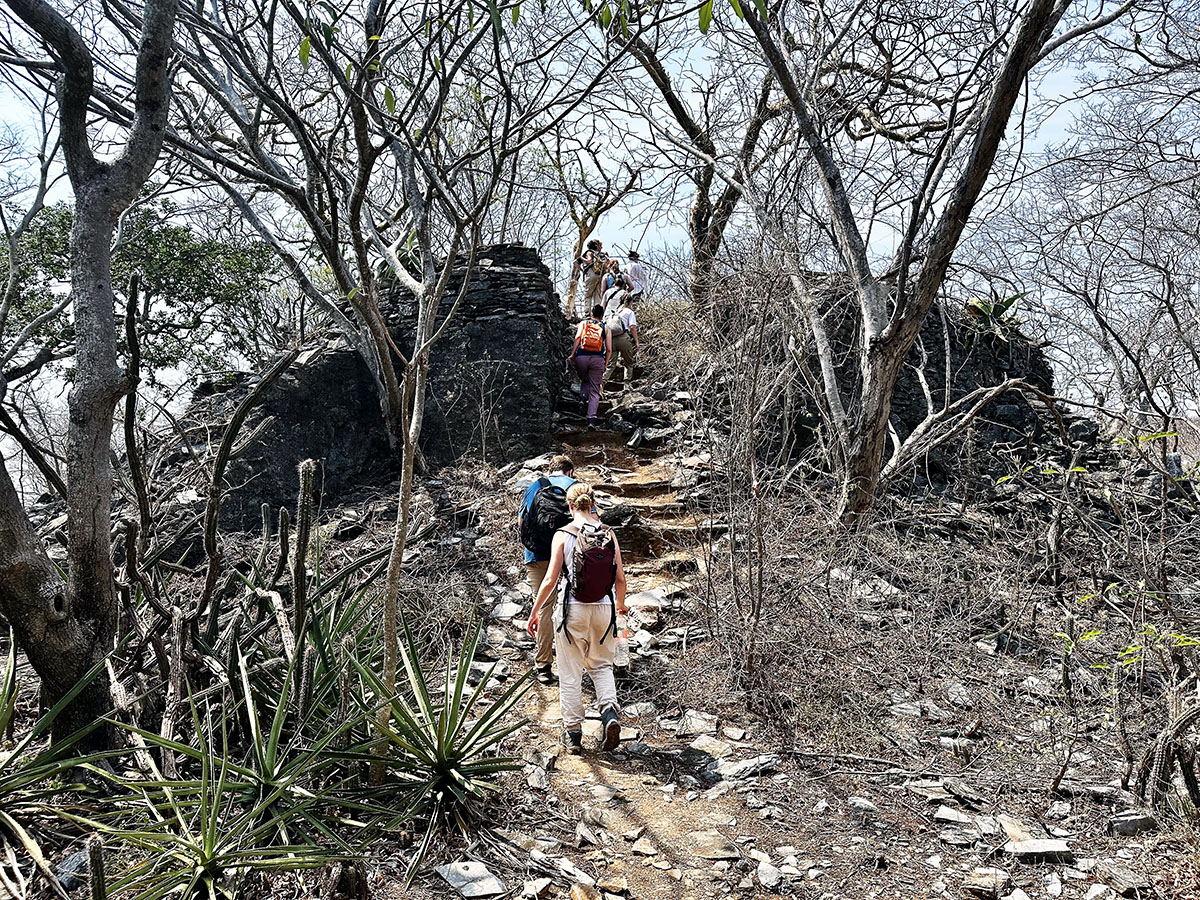
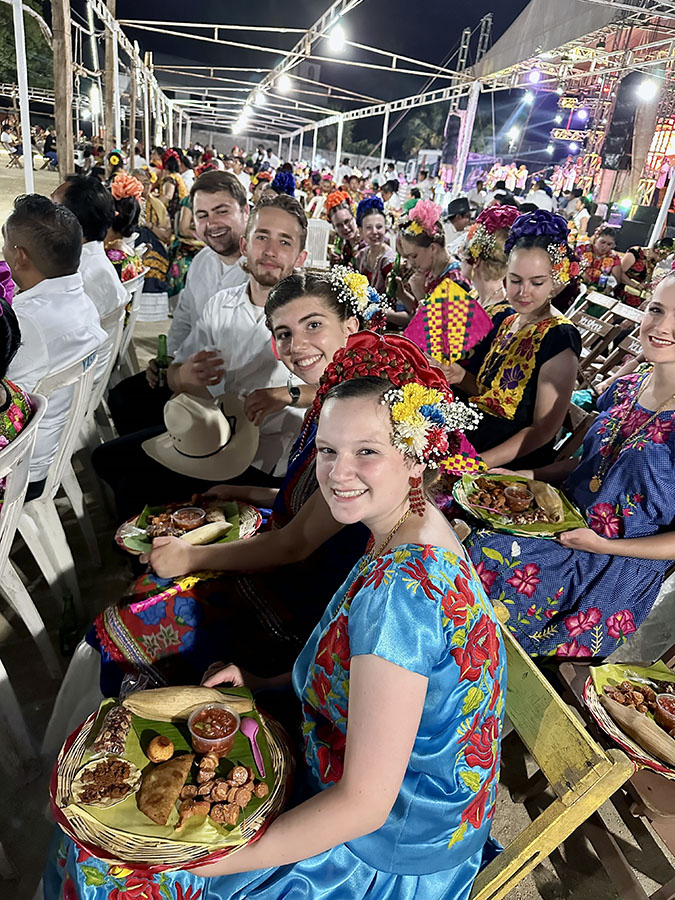
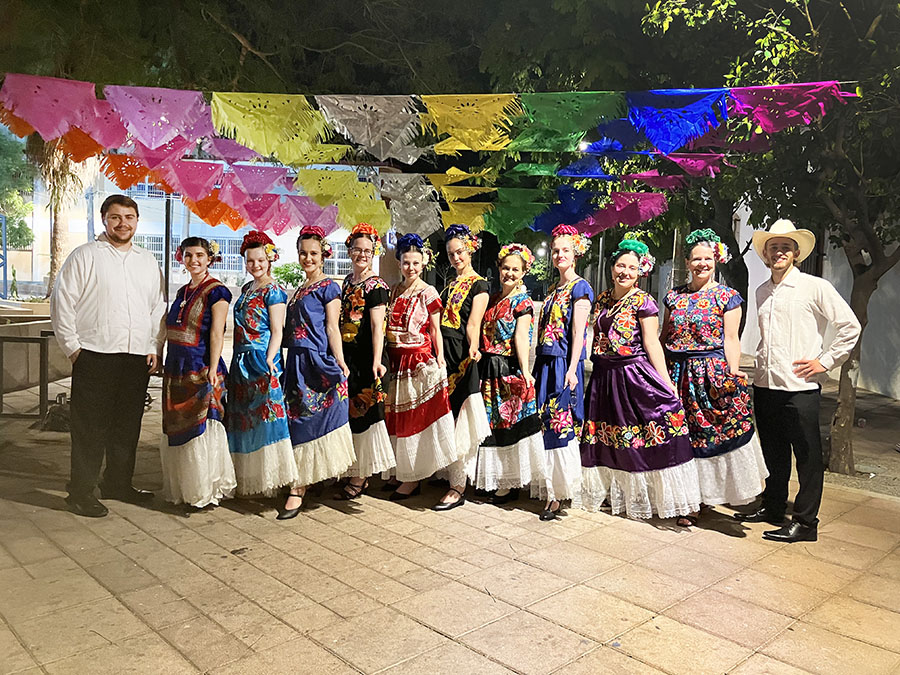
 The College of Arts
The College of Arts